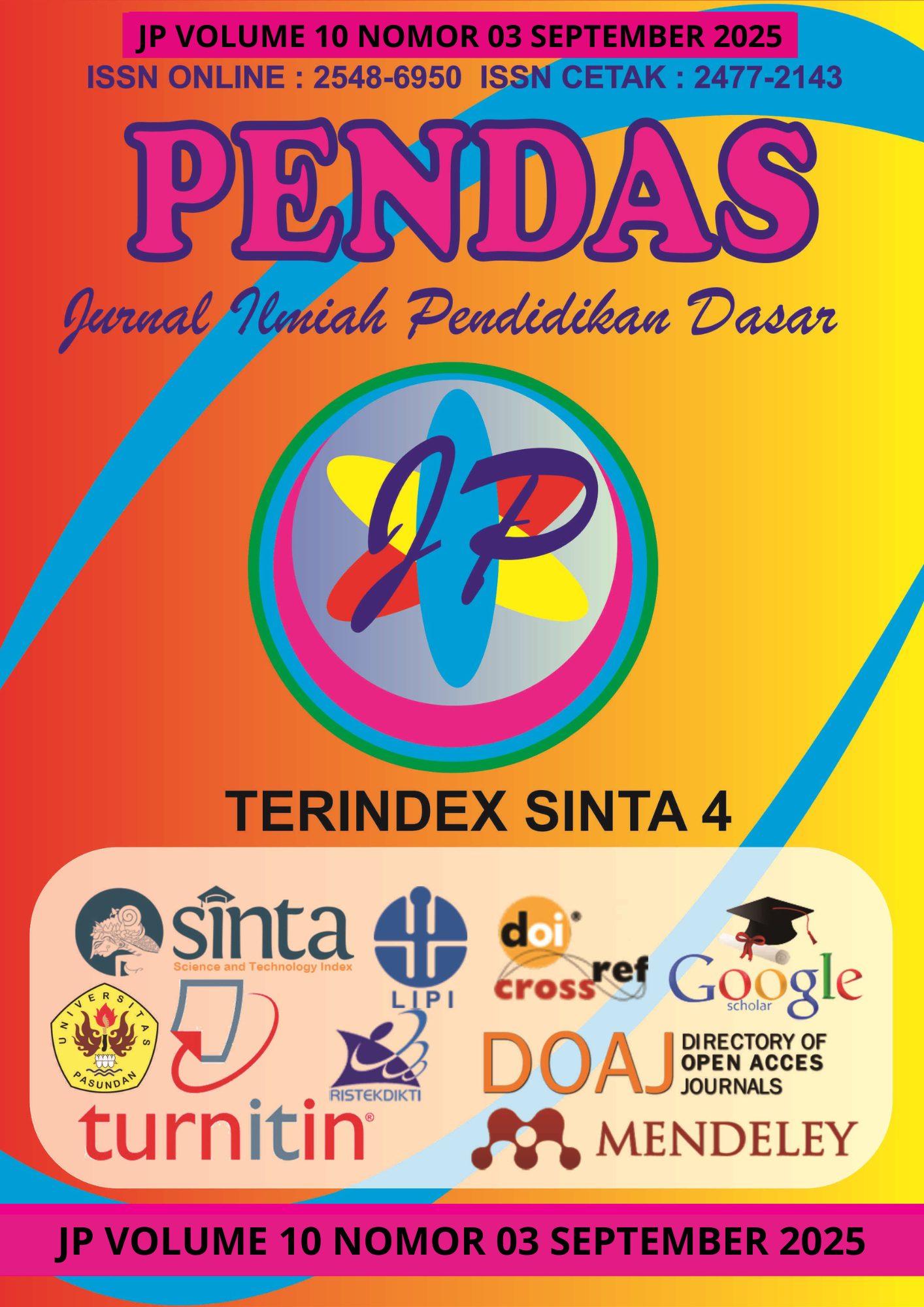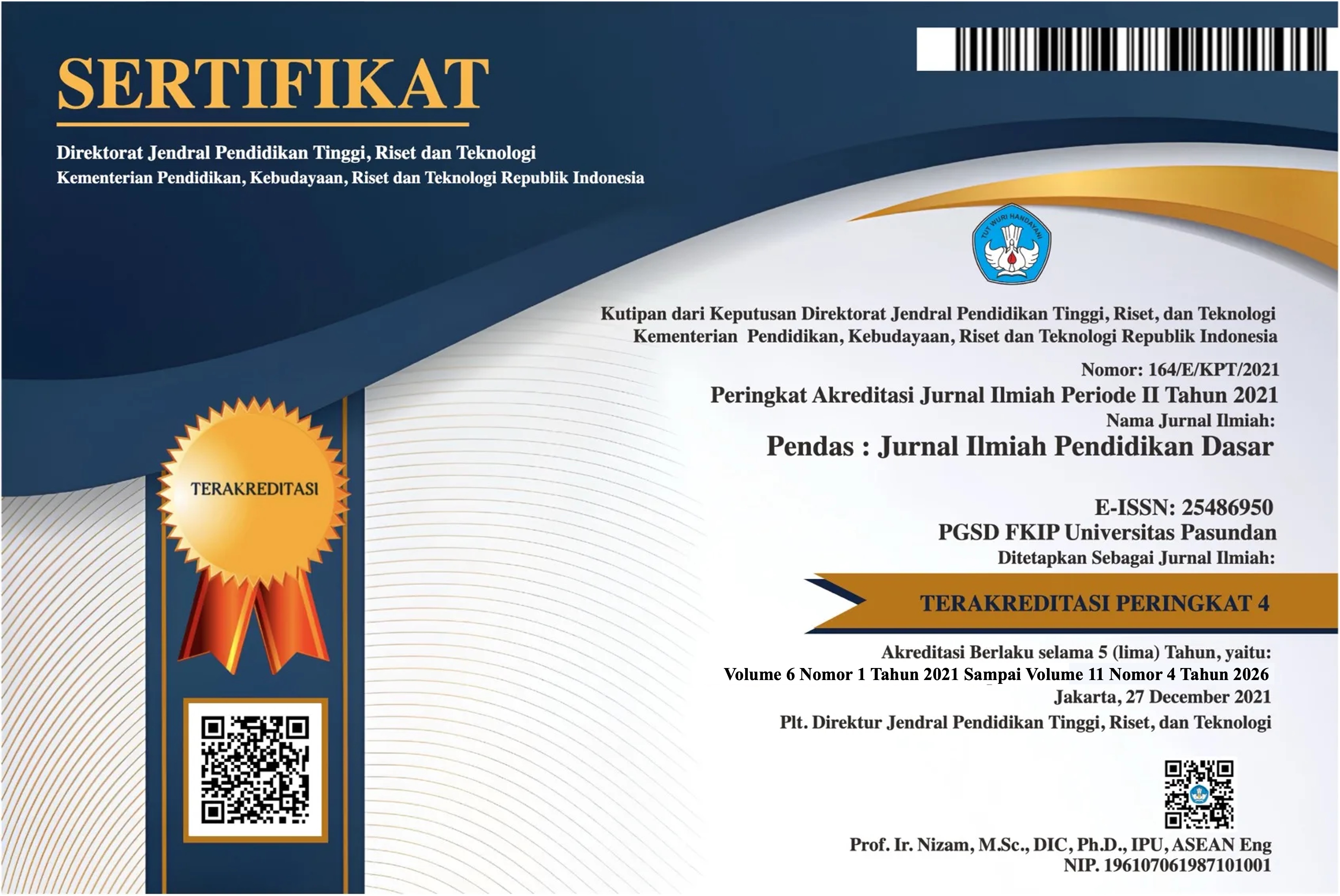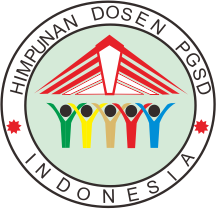PENGEMBANGAN BUKU DIGITAL INTERAKTIF UNTUK MENINGKATKAN KEMAMPUAN BERBICARA PADA SISWA DOWN SYNDROME
DOI:
https://doi.org/10.23969/jp.v10i3.29624Keywords:
digital interactive book, down syndrome, speaking skills, learning mediaAbstract
This study aims to develop an interactive digital learning medium in the form of an Interactive Digital Book specifically designed to enhance speaking skills in students with Down Syndrome. The research employed a quantitative approach using the Research and Development (R&D) method with the ADDIE model. The results of the study indicate that: 1) the digital book contains visual and audio elements, as well as interactive activities such as animations, quizzes, videos, and digital stories. This medium is designed with a multisensory approach to optimally stimulate visual, auditory, and kinesthetic learning styles. 2) Validation results from media and content experts show that the Interactive Digital Book is highly feasible for use, with validity levels of 96% and 95%, respectively. 3) Practicality testing by teachers yielded a score of 90%, indicating that the medium is easy to use, engaging, and appropriate for the characteristics of the students. 4) Effectiveness testing using pre-test and post-test methods showed a significant improvement in students’ speaking abilities after using the medium. Based on these findings, the Interactive Digital Book is proven to be valid, practical, and effective as an innovative and inclusive learning medium for students with Down Syndrome.
Downloads
References
Alfieri, L., Brooks, P. J., Aldrich, N. J., & Tenenbaum, H. R. (2023). Multisensory approaches in inclusive classrooms: Enhancing language development in students with intellectual disabilities. Journal of Special Education Technology, 38(1), 12–24. https://doi.org/10.xxxx/jset.2023
Alper, S., & Raharinirina, S. (2006). Assistive technology for individuals with disabilities: A review and synthesis of the literature. Journal of Special Education Technology, 21(2), 47–64.
Buckley, S., & Bird, G. (2001). Down Syndrome: Issues and Information. Portsmouth: Down Syndrome Educational Trust.
Chapman, R. S. (2021). Language learning in Down syndrome: The speech production perspective. International Review of Research in Developmental Disabilities, 60, 1–34.
Chapman, R. S., & Hesketh, L. J. (2000). Behavioral phenotype of individuals with Down syndrome. Mental Retardation and Developmental Disabilities Research Reviews, 6(2), 84–95.
de Graaf, G., Levine, S. P., Goldstein, R., & Skotko, B. G. (2020). A multisite study on the use of digital technologies to promote inclusion for people with Down syndrome. Disability and Health Journal, 13(1), 100825.
Downloads
Published
Issue
Section
License
Copyright (c) 2025 Pendas : Jurnal Ilmiah Pendidikan Dasar

This work is licensed under a Creative Commons Attribution 4.0 International License.



















